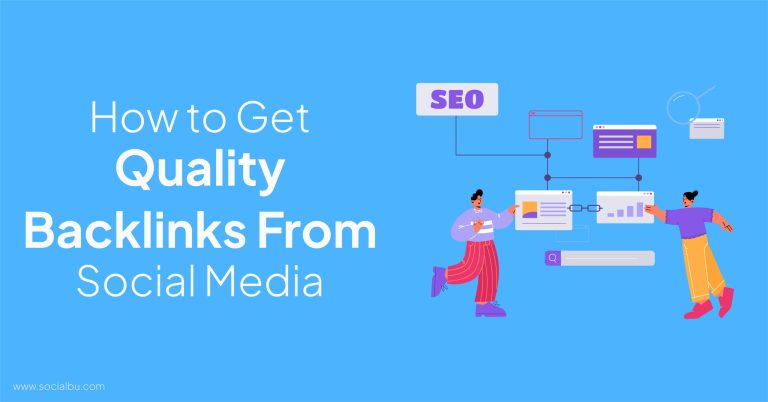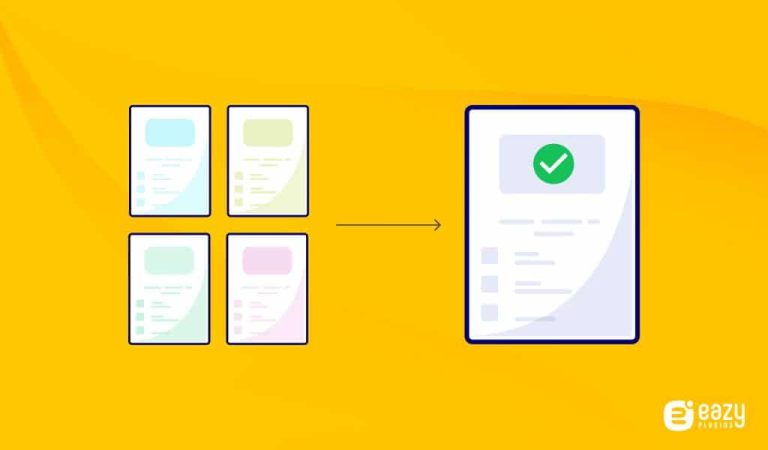
In the digital age, where information spreads faster than ever, understanding how content resonates with an audience is more critical than ever. One of the most powerful tools in this regard is Audience Echo Signal Monitoring—a technique that measures how content is received, shared, and repeated across different platforms. This approach allows marketers, content creators, and businesses to gauge the effectiveness of their messaging and adapt their strategies accordingly.
As the internet becomes increasingly saturated with content, the ability to identify what truly resonates with your audience can make or break a campaign. By analyzing resonance (how deeply a message connects with its intended audience) and share patterns (how and why people share content), you can create more engaging, impactful, and successful content.
This article will explore the concept of Audience Echo Signal Monitoring, explain its importance in modern marketing, and provide actionable steps for implementing it effectively.
What Is Audience Echo Signal Monitoring and Why It Matters
Audience Echo Signal Monitoring refers to the process of tracking how content is received and disseminated by an audience. It involves analyzing the resonance of a message—how well it connects emotionally, intellectually, or culturally with the audience—and the share patterns, which reveal how and why people choose to spread that content.
In the context of SEO and content marketing, this monitoring helps determine whether your content is not only being seen but also being engaged with and shared. It’s a way to measure the real-world impact of your content beyond simple metrics like page views or time on site.
Why does this matter? Because in today’s hyper-connected world, social proof and virality are key drivers of visibility and engagement. Content that resonates with audiences is more likely to be shared, leading to increased traffic, brand awareness, and ultimately, conversions.
Moreover, search engines like Google have started to factor in user engagement signals such as shares, comments, and social interactions when determining the relevance and quality of content. So, even if your content is technically optimized, it may not rank well unless it has strong echo signals.
How Audience Echo Signal Monitoring Impacts SEO Performance
Audience Echo Signal Monitoring isn’t just about social media—it directly affects SEO performance in several ways:
-
Improved Engagement Metrics: When users resonate with your content and share it, it boosts engagement metrics like dwell time, bounce rate, and social shares. These are all factors that search engines use to evaluate content quality.
-
Enhanced Authority and Trust: Content that is widely shared and discussed tends to build authority. As more users engage with your content, search engines recognize it as a reliable source, potentially boosting your rankings.
-
Increased Visibility: High resonance and strong share patterns lead to organic reach, which means your content is more likely to be discovered by new audiences without paid promotion.
-
Better Understanding of Search Intent: By analyzing how and why content is shared, you gain insights into search intent—what your audience is looking for and how they want to consume information. This helps you create more targeted, relevant content.
-
Competitive Advantage: Monitoring echo signals allows you to identify trends and see what types of content are performing well in your niche. This gives you a competitive edge in content strategy.
Step-by-Step Implementation Framework
To effectively implement Audience Echo Signal Monitoring, follow this structured approach:
1. Define or Audit the Current Situation
Start by assessing your current content performance. Use analytics tools to track:
– Page views and session duration
– Social shares and likes
– Comments and user interactions
– Referral traffic sources
This baseline data will help you understand where your content is already resonating and where improvements are needed.
2. Apply Tools, Methods, or Tactics
Use a combination of analytical tools and social listening platforms to monitor echo signals. Some effective methods include:
– Social Listening Tools: Platforms like Brandwatch, Mention, or Hootsuite allow you to track mentions, hashtags, and sentiment around your content.
– Content Analytics: Tools like Google Analytics, SEMrush, or Ahrefs can show you how your content is performing in terms of traffic and engagement.
– Surveys and Feedback Forms: Directly ask your audience what they think about your content and why they might or might not share it.
– Sentiment Analysis: Use AI-powered tools like MonkeyLearn or IBM Watson to analyze the emotional tone of user feedback.
3. Measure, Analyze, and Optimize
Once you have data, look for patterns:
– Which pieces of content are most frequently shared?
– What themes or topics generate the most engagement?
– Are there specific times or channels where your content performs best?
From here, refine your strategy. For example, if you notice that video content gets more shares, focus on creating more video-based content. If certain topics consistently drive engagement, consider developing a content series around them.
Real or Hypothetical Case Study
Let’s take a hypothetical case study of a tech blog that wanted to improve its audience engagement.
Scenario: The blog was publishing high-quality articles, but they weren’t seeing significant increases in shares or social interactions.
Action Taken: They implemented Audience Echo Signal Monitoring using a mix of social listening tools and content analytics. They tracked which articles were shared the most and analyzed the language and tone used in those posts.
Results: They found that articles with a conversational tone and practical examples were more likely to be shared. Based on this insight, they revised their content strategy to include more relatable, real-world scenarios. Within three months, their social shares increased by 40%, and their organic traffic grew by 25%.
This case study shows how understanding echo signals can lead to measurable improvements in content performance.
Tools and Techniques for Audience Echo Signal Monitoring
Here are some of the top tools and techniques to help you monitor and analyze audience echo signals:
- Brandwatch – A powerful social listening tool that tracks brand mentions, sentiment, and share patterns across platforms.
- Mention – Helps you monitor conversations about your brand or content in real-time.
- Google Analytics – Provides insights into user behavior, including how long they stay on a page and where they come from.
- Hootsuite Insights – Offers deep analysis of social media trends and audience sentiment.
- Ahrefs – Great for tracking backlinks and content performance across the web.
- MonkeyLearn – An AI platform for sentiment analysis, helping you understand the emotional tone of user feedback.
By leveraging these tools, you can gather valuable data on how your content is resonating and where it needs improvement.
Future Trends and AI Implications
As AI continues to evolve, Audience Echo Signal Monitoring will become even more sophisticated. Here are a few future trends to watch:
- AI-Powered Sentiment Analysis: Advanced AI models will be able to detect subtle emotional cues in user feedback, giving even deeper insights into resonance.
- Predictive Analytics: AI could predict which content will resonate based on historical data, allowing for proactive content creation.
- Voice and Multimodal Signals: With the rise of voice search and multimedia content, AI will need to analyze not just text but also audio and visual signals for resonance.
To stay ahead, businesses should begin integrating AI-driven tools into their content strategies now. This will not only improve the accuracy of echo signal monitoring but also enable more personalized and effective content creation.
Key Takeaways
- Audience Echo Signal Monitoring is essential for measuring how content resonates and is shared.
- Resonance and share patterns are key indicators of content success and SEO performance.
- Tools like social listening platforms and analytics software can help you track and analyze these signals.
- Continuous optimization based on echo data leads to better engagement, authority, and visibility.
- AI and predictive analytics will play a growing role in refining these strategies in the future.
Meta Title: Audience Echo Signal Monitoring: Measuring Resonance and Share Patterns
Meta Description: Learn how to measure audience resonance and share patterns with Audience Echo Signal Monitoring. Improve engagement, SEO, and content strategy.
SEO Tags (5): audience resonance, share patterns, content strategy, SEO performance, social listening
Internal Link Suggestions: [Parameter #1: Search Intent Alignment], [Parameter #7: Semantic Keyword Mapping]
External Source Suggestions: https://www.brandwatch.com/, https://www.hootsuite.com/insights









